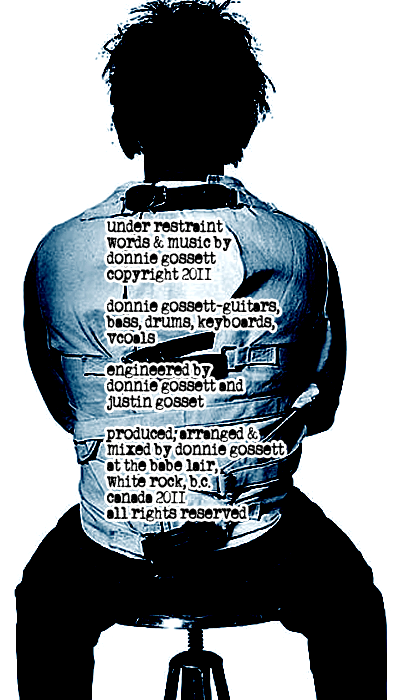 medical restraint medical restraint
Medical restraints are physical restraints used during certain medical
procedures. Medical restraints are designed to restrain patients with the
minimum of discomfort and pain and to prevent patients injuring themselves or
others.
There are many kinds of medical restraints which are widely used. In fact, not
using these kinds of restraints when needed can lead to legal liability for
preventable injuries. Medical restraints are generally used to prevent people
with severe physical or mental disorders from harming themselves or others.
A major goal of most medical restraints is to
prevent injuries due to falls. Other medical restraints are intended to prevent a harmful
behavior, such as hitting people.
Ethically and legally, once a person is restrained, the safety and well being of the
restrained person falls upon the restrainer, appropriate to the type and severity of the
restraining method. For example, a person who is placed in a secured room should be
checked at regular intervals for indications of distress. At the other extreme, a person
who is rendered semi-conscious by pharmacological (or chemical) sedation should be
constantly monitored by a well-trained individual who is dedicated to protecting the
restrained person's physical and medical safety. Failure to properly monitor a
restrained individual may result in criminal and civil prosecution, depending on
jurisdiction.
Although medical restraints, used properly, can help prevent injury, they can also be
dangerous. The United States Food and Drug Administration (FDA) estimated in 1992
that at least 100 deaths occur annually in the U.S. from their improper use in nursing
homes, hospitals and private homes. Most of the deaths are due to strangulation. The
agency has also received reports of broken bones, burns and other injuries related to
improper use of restraints.
Because of the potential for abuse, the use of medical restraints is regulated in many
jurisdictions. At one time in California, psychiatric restraint was viewed as a
treatment. However, with the passing of SB-130, which became law in 2004, the use of
psychiatric restraint(s) is no longer viewed as a treatment, but can be used as a
behavioral intervention when an individual is in imminent danger of serious harm to
self or others.
|

